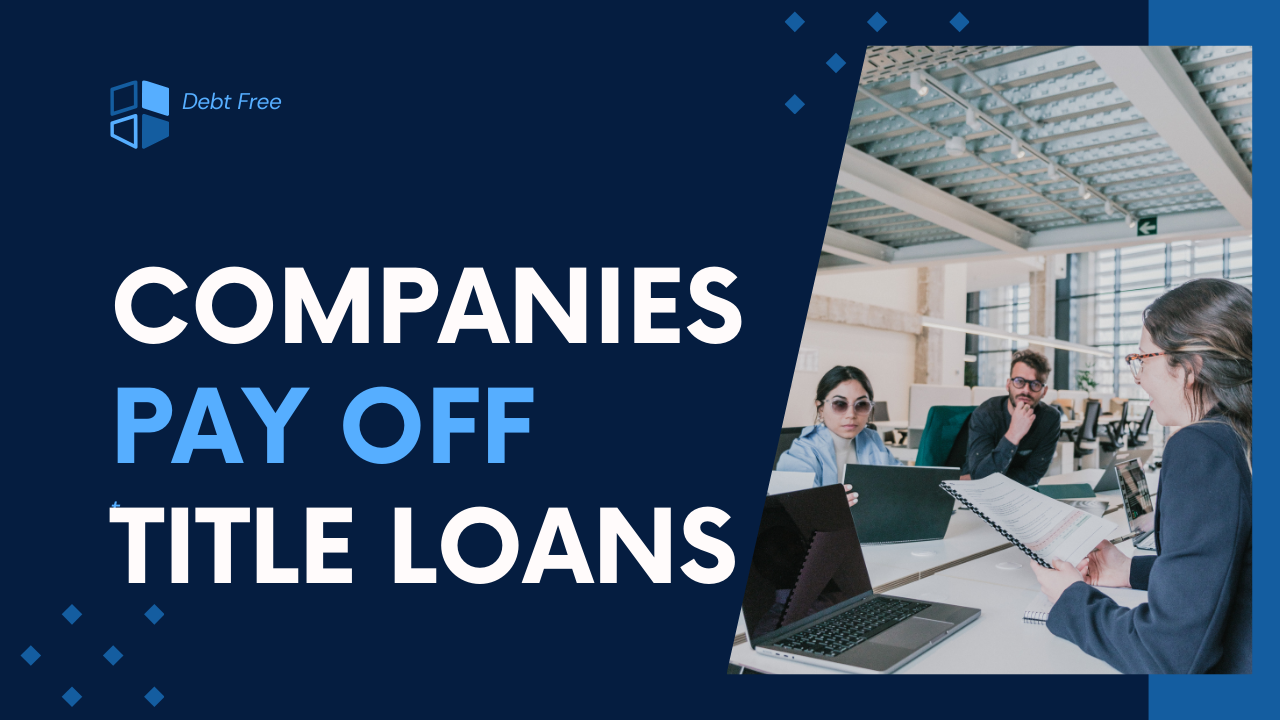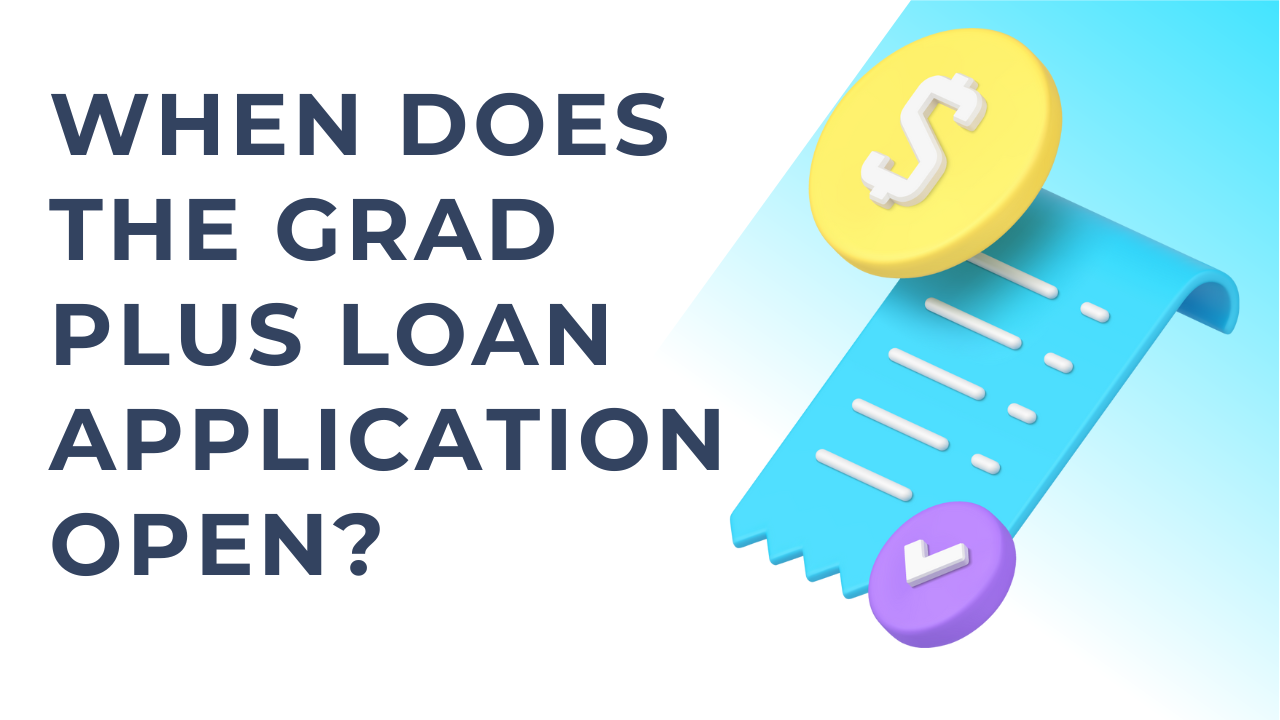Important Update on Student Loan Forgiveness: Student loan forgiveness is a critical problem for millions of Americans who are saddled with school debt. Recent advances in various forgiveness schemes have presented both obstacles and possibilities to debtors. Understanding these developments is critical for anyone seeking relief from student loan debt. For example, the extension of income-based repayment plans and the possibility of debt forgiveness after a specific number of years of payments are essential factors. It is also critical to keep updated about any modifications or changes to these programs in order to make the best decisions concerning student loan payments.
The Evolving Landscape of Student Loan Forgiveness
The landscape of student loan forgiveness programs is diverse, including federal, state, and employer-sponsored initiatives. At the federal level, the Public Service Loan Forgiveness (PSLF) program is a major alternative. However, its stringent rules and high denial rates have drawn criticism. Furthermore, governments and companies provide their own forgiveness schemes, which complicates the system.
Recent Developments in Federal Student Loan Forgiveness
Recent months have seen substantial advances in federal student loan forgiveness programs. One notable change is the widening of the PSLF qualifying criterion. Under the new standards, debtors may be eligible for forgiveness after making 120 qualifying payments on a larger variety of government repayment programs. This increase is intended to make forgiveness more available to a broader number of debtors.
Biden Administration’s Initiatives on Student Loan Forgiveness
The Biden administration has taken strong moves toward student loan relief. Efforts include shortening the PSLF application process and improving communications with borrowers. These steps attempt to remove impediments and guarantee that eligible borrowers receive the assistance they deserve. Additionally, the government has prolonged the suspension of federal student loan payments and interest accrual in response to the COVID-19 outbreak, giving borrowers with temporary reprieve.
Implications of Federal Student Loan Forgiveness Developments
The most recent advances in federal student loan forgiveness have practical and strategic ramifications for borrowers. On a practical level, the revised qualifying conditions for PSLF provide additional options for forgiveness. Borrowers can take advantage of these improvements by considering their alternatives and increasing their chances of qualifying for forgiveness. Borrowers must strategically use available resources and support services to successfully traverse the application process.
The Future of Student Loan Forgiveness
As the discussion over student loan forgiveness continues, stakeholders must stay attentive and proactive in their advocacy for significant reform. While recent changes indicate progress, more effort has to be done to address the root causes of student debt. Moving forward, politicians, activists, and borrowers must work together to develop new solutions and regulations that encourage access to higher education while without burdening students with excessive debt.
Additional Information and Analysis:
While the primary body of this article covers the most important features of current advancements in student loan forgiveness, extra material and analysis can provide a more in-depth understanding of the subject.
Expanded Eligibility Criteria for PSLF:
The broadening of qualifying requirements for the Public Service Loan Forgiveness (PSLF) program is a big step forward for debtors. Under earlier standards, only debtors participating in certain repayment programs, such as Income-Driven Repayment (IDR) plans, were eligible for forgiveness. However, the new standards allow debtors on a broader range of repayment programs, including graded and extended plans, to be eligible for forgiveness. This adjustment expands the availability of forgiveness to debtors who may not have been qualified under the old standards.
Streamline the PSLF Application Process:
The Biden administration’s attempts to simplify the PSLF application process are intended to reduce the bureaucratic barriers that have prevented borrowers from seeking forgiveness. In the past, many borrowers had difficulty negotiating the rigorous criteria and documents required to qualify for PSLF. By streamlining the application process and enhancing communication with borrowers, the administration intends to make it simpler for qualified individuals to obtain the assistance they need.
Temporary suspension of federal student loan payments:
The interim suspension of federal student loan payments and interest accrual, which was implemented in response to the COVID-19 outbreak, has brought much-needed assistance to students suffering financial difficulties. This suspension has been extended numerous times, giving debtors more time to review their financial conditions and consider their choices for managing their student loan debt. While the suspension has no direct impact on forgiveness programs, it has provided short-term reprieve to debtors trying to make ends meet.
Ongoing Challenges and Advocacy Efforts:
Despite recent improvements in student loan forgiveness, considerable hurdles persist. The complexities of forgiveness programs, along with high denial rates and regulatory challenges, continue to be a barrier for debtors seeking relief. Furthermore, the greater issue of rising student debt and unequal access to higher education persists. Legislators, activists, and borrowers must all work together to solve these issues and fight for significant reforms that emphasize the needs of student loan borrowers.
The Bottom Line
In conclusion, while recent advancements in student loan forgiveness are welcome beginnings toward alleviating the burden of college debt, much more work need to be done. Borrowers may better negotiate the complexity of student loan forgiveness by staying up to date on the newest developments, utilizing available tools, and pushing for change. Finally, significant change is required to create a system that encourages access to higher education while not burdening individuals with excessive debt.




